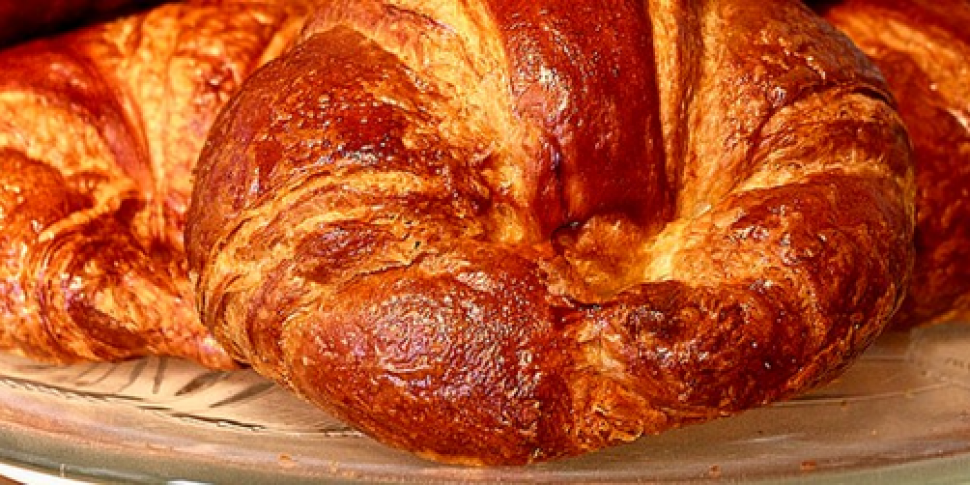Tesco, one of the world’s biggest supermarket chains, has revealed that it plans to straighten out once and for all the classic piece of French patisserie the Croissant, despite the name literally translating into English as ‘the crescent’.
The food retailer’s bakeries have been producing both traditional curved and diamond-shaped straight croissants for a number of years, but the arched pastry has fallen out of favour with British consumers – who allegedly struggle to spread butter and jam over the curving surface, the Telegraph reports.
Starting this weekend, Tesco in the UK will stop stocking the curved croissant.
“After demand for crescent-shaped croissants started falling, we spoke to our customers and nearly 75% of them told us that they preferred straight ones,” said Tesco croissant buyer Harry Jones.
“At the heart of the move away from curved croissants is the spreadability factor. The majority of shoppers find it easier to spread jam, or their preferred filling, on a straighter shape with a single sweeping motion.
“With the crescent shaped croissants, it’s more fiddly and most people can take up to three attempts to achieve perfect coverage, which increases the potential for accidents involving sticky fingers and tables.”
While regarded as a classic of French cooking, the crescent-shaped pastry owes its origins to the Kipferl, an Austrian baked good that dates back as far as the 13th century. The earliest recorded recipe for the croissant, considered a plainer version of the Kipferl, is usually credited to an Austrian baker who opened a Viennese bakery in Paris in the 1830s.









